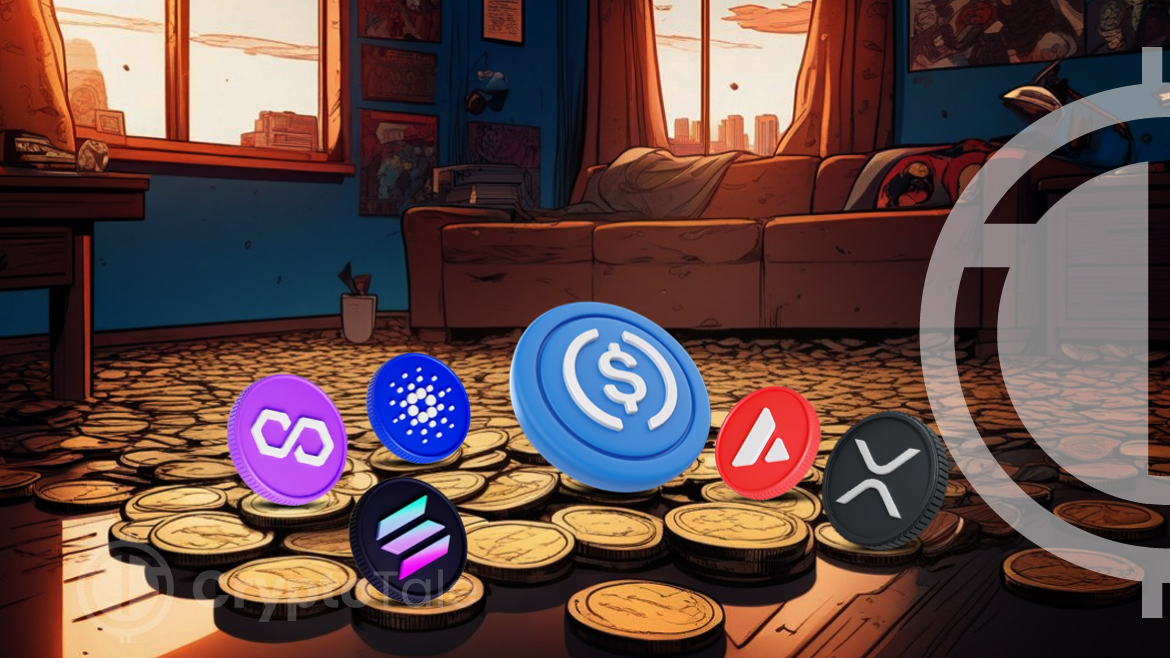- Binance expands trading options with ten new USDC pairs, aiming for dynamic markets on December 28.
- Analysts see Binance’s USDC support as a strategic move amid falling spot trading numbers.
- Binance’s renewed focus on USDC follows the DOJ resolution, hinting at potential institutional investment opportunities.
In a move to diversify trading options, Binance, a prominent cryptocurrency exchange, has announced the addition of ten new USDC trading pairs on its spot market, effective December 28, 2023. The announcement made through a press release on December 27, aligns with Binance’s ongoing efforts to cultivate dynamic markets for its user base.
The new trading pairs, including ADA/USDC, ARB/USDC, AVAX/USDC, DOT/USDC, INJ/USDC, MATIC/USDC, OP/USDC, ORDI/USDC, SOL/USDC, and XRP/USDC, are set to go live at 16:00 on the specified date.
Blockchain reporter Colin Wu shared additional insights on X, revealing a corresponding delisting of trading pairs, such as APE/BNB, APE/EUR, ARPA/ETH, BETA/ETH, CVX/BTC, ENS/BNB, EOS/EUR, ETC/EUR, KAVA/BNB, and PAXG/BNB.
This move by Binance follows a series of enhancements to its USDC partnerships, including recent support for the stablecoin on Polygon. Analysts speculate that the exchange’s backing of USDC could serve as a strategic measure to boost trade volumes amidst declining spot trading numbers, possibly in anticipation of a forthcoming spot ETF application.
The exchange’s renewed focus on USDC also coincides with its recent resolution with the United States Department of Justice (DOJ) and broader regulatory entities, potentially paving the way for increased institutional investment.
Reflecting on Binance’s history with stablecoins, the exchange had previously announced plans to automatically convert certain stablecoins held by users to BUSD, a move met with mixed reactions among users. However, the company has since revisited its approach in light of evolving stablecoin regulations with the most recent announcement
Earlier this year, Marina Parthuisot, Binance’s French legal director, hinted at the potential delisting of all stablecoins due to regulatory considerations. The Markets in Crypto Assets (MiCA) regulation, set to take effect on June 30, 2024, has yet to approve any stablecoin.
Recently the stablecoin landscape includes Circle’s conditional registration with French regulators, with hopes of securing full regulatory approval upon obtaining a Digital Asset Service Provider License (DASP). This regulatory landscape shift may provide context for Binance’s decision to list USDC trading pairs and delist BUSD pairs from its markets.












